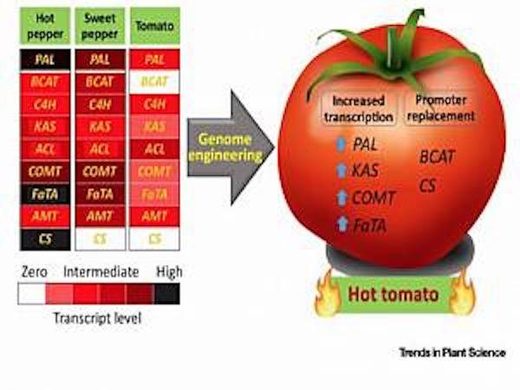OF THE
TIMES
Briefly stated, the Gell-Mann Amnesia effect is as follows. You open the newspaper to an article on some subject you know well... You read the article and see the journalist has absolutely no understanding of either the facts or the issues. Often, the article is so wrong it actually presents the story backward—reversing cause and effect...
In any case, you read with exasperation or amusement the multiple errors in a story, and then turn the page to national or international affairs, and read as if the rest of the newspaper was somehow more accurate about Palestine than the baloney you just read. You turn the page, and forget what you know.
Australia is like a sick puppy dog being led by a bunch of twisted and tormented slave-holders. China - is a wise entity - sends up flares first -...
Hmmm...let's see....first, in 2020, we weren't Black if we didn't vote for Brandon....and now, we are not Black if we do not vote for the man who...
Dr. Wayne Dyer articulated it so precisely when he said, “The concept of balance defines our Universe. The cosmos, our planet, the seasons, water,...
I remember playing some boardgames with Millennials - one thing they tend to lack in the "game environment" is humility. This is often their...
More FEEL-GOOD [Link] MEXICO Deepest Blue Hole & CENOTES [Link] [Link]
To submit an article for publication, see our Submission Guidelines
Reader comments do not necessarily reflect the views of the volunteers, editors, and directors of SOTT.net or the Quantum Future Group.
Some icons on this site were created by: Afterglow, Aha-Soft, AntialiasFactory, artdesigner.lv, Artura, DailyOverview, Everaldo, GraphicsFuel, IconFactory, Iconka, IconShock, Icons-Land, i-love-icons, KDE-look.org, Klukeart, mugenb16, Map Icons Collection, PetshopBoxStudio, VisualPharm, wbeiruti, WebIconset
Powered by PikaJS 🐁 and In·Site
Original content © 2002-2024 by Sott.net/Signs of the Times. See: FAIR USE NOTICE

Comment: Read more about CRISPR: